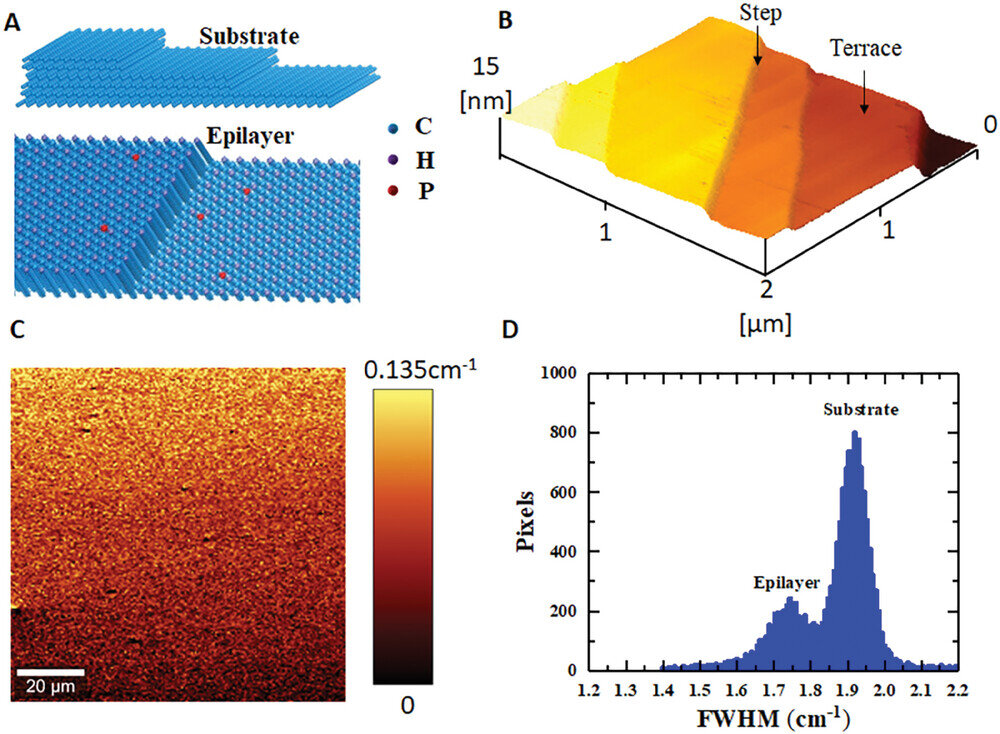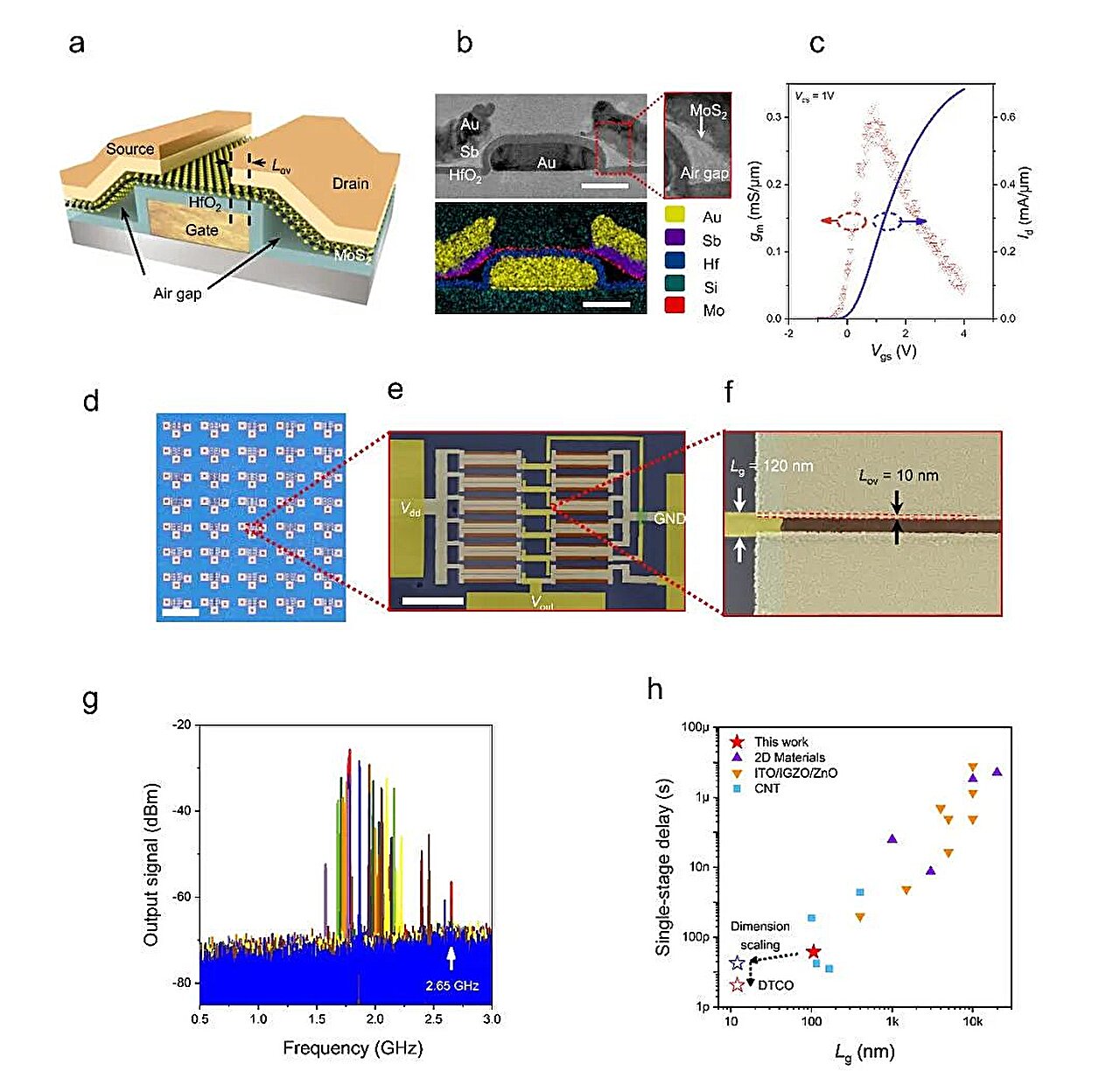
A National Institute for Materials Science (NIMS) research team has developed the world’s first n-channel diamond MOSFET (metal-oxide-semiconductor field-effect transistor). The developed n-channel diamond MOSFET provides a key step toward CMOS (complementary metal-oxide-semiconductor: one of the most popular technologies in the computer chip) integrated circuits for harsh environment applications, as well as the development of diamond power electronics. The research is published in Advanced Science.
Semiconductor diamond has outstanding physical properties such as ultra wide-bandgap energy of 5...
Read More





Recent Comments